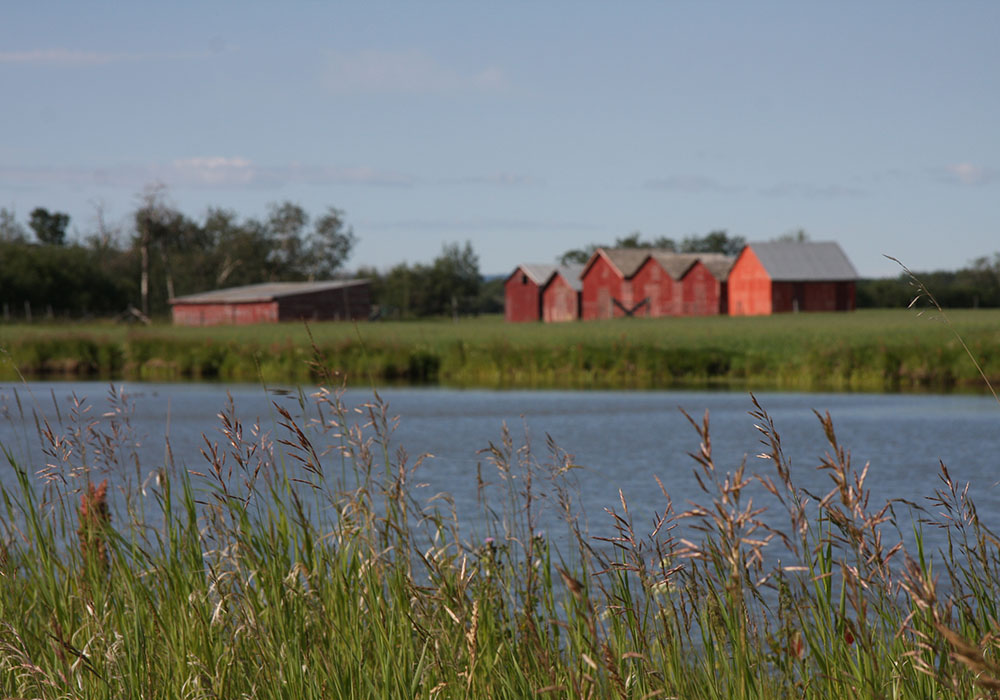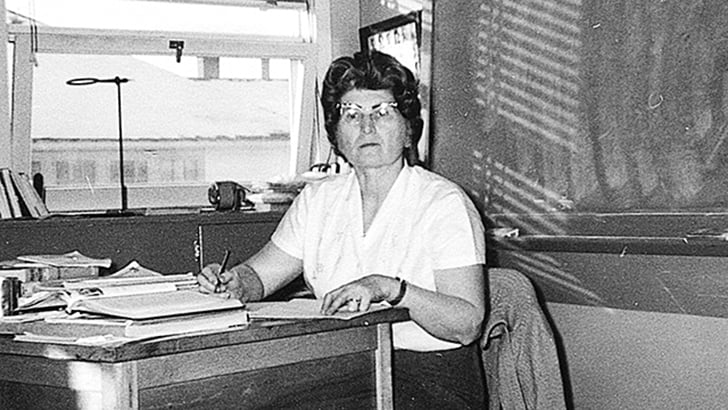If you like to get away from it all, Easter Island is as away as it gets. It is the most remote permanently inhabited place on Earth, 3,600 kilometres west of South America and more than 2,000 kilometres from the nearest inhabited island.
Yet this tiny spec in the middle of the Pacific can be reached by a five-hour flight from Santiago, Chile.
The most easterly outpost of Polynesia, the island of 4,000 is known locally as Rapa Nui. The Easter Island name came from a Dutch explorer who happened by on Easter Day in 1722.
Read Also

Fuel rebate rule change will affect taxes and AgriStability
The federal government recently announced updates to the fuel rebates that farmers have been receiving since 2019-20.
A striking first impression is the wildness of the shoreline, with towering sea cliffs and chaotic jumbles of boulders resembling fresh lava flow, much of it as black as coal. Unlike most Polynesian islands, Easter Island has no coral reefs, so the sea pounds it relentlessly.
This isolated island had amazing achievements, the most famous being the numerous moai dotting the island. These gigantic stone statues with long angular heads represent high ranking ancestors.
Most were carved and transported between 1000 and 1600 AD, without the use of machines, draft animals or metal tools.
We’re expecting to see several moai, but we’re overwhelmed by the scale of it all. We pass one site after another, a few with standing moai, but mostly toppled statues lying prostrate, abandoned after ancient battles.
Add to these the remains of altars, ceremonial caves and some 4,000 rock carvings and paintings, and we’re faced with a staggering display of antiquity.
A highlight is climbing the volcano of Rano Raraku, the birthplace of the moai. Slopes of the ancient quarry are covered in standing, toppled and unfinished statues.
Walking up slopes reaching 100 metres above the sea, we’re astonished to see moai everywhere we look, right up to the crest of the volcano, then down the other side toward the volcanic lake.
Some statues are in the early stages of carving, while others are so complete that only final touches would free them from their stony birthplace.
Close to half of the island’s 900 or so moai are here, including the largest ever built, still lying unfinished. If lifted, it would reach the height of a five-story building.
Most spectacular of all is nearby Tongariki, a 200-metre-long platform holding 15 statues, their backs to the sea. The setting is stunning, with a small bay of pounding surf, framed by huge vertical cliffs.
Mysteriously, maoi building suddenly stopped, the carvers dropping their tools on the spot. Later, Easter Islanders adopted the curious Bird Man cult.
At Orongo ceremonial village, we walk along a razor edge piece of land between a 200-metre wall dropping to a crater lake and a 300-metre vertical precipice rising from the sea.
From here, race competitors descended the cliff, swam two kilo-metres through shark-infested waters to a tiny islet, found the first egg laid by a sooty tern that season, then swam back trying not to break the fragile cargo. The first to succeed presented the egg to his master, who became Bird Man, the island’s leader for the next year.
We see other tourists, although nowhere is crowded. When we rent a car, we visit off-the-beaten-track sites with no one else around.
One day we return to Rano Raraku for sunset. We’re the only ones here as the low sun floods the gigantic heads with a warm glow, as if the stone-faced titans are about to spring to life.
Everywhere we’re faced with puzzles. How did they move the colossal statues, why did they stop and what caused this ancient civilization to collapse?
Conflicting theories abound and research is ongoing. Part of the enchantment is that this remains an island of mystery.
















